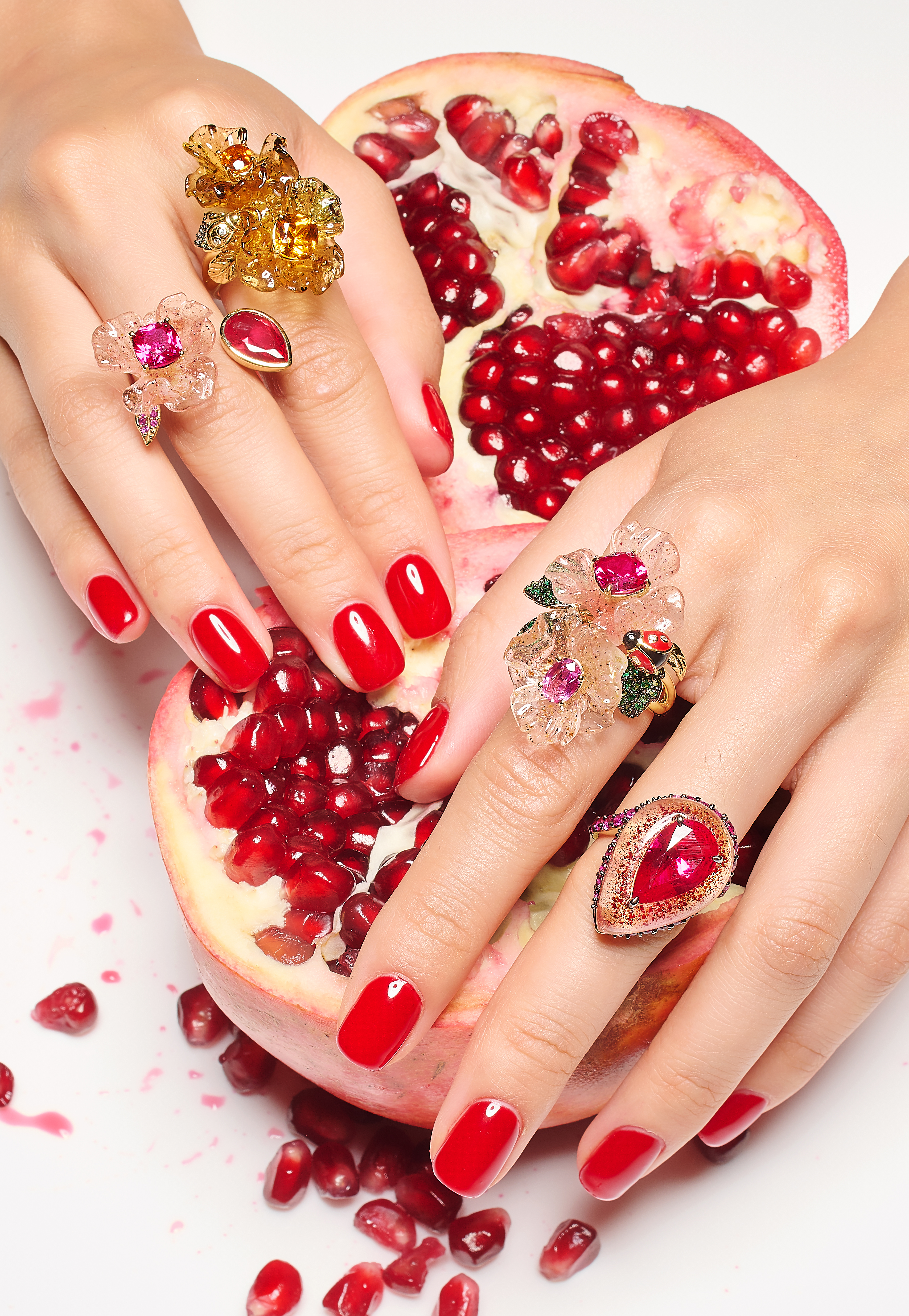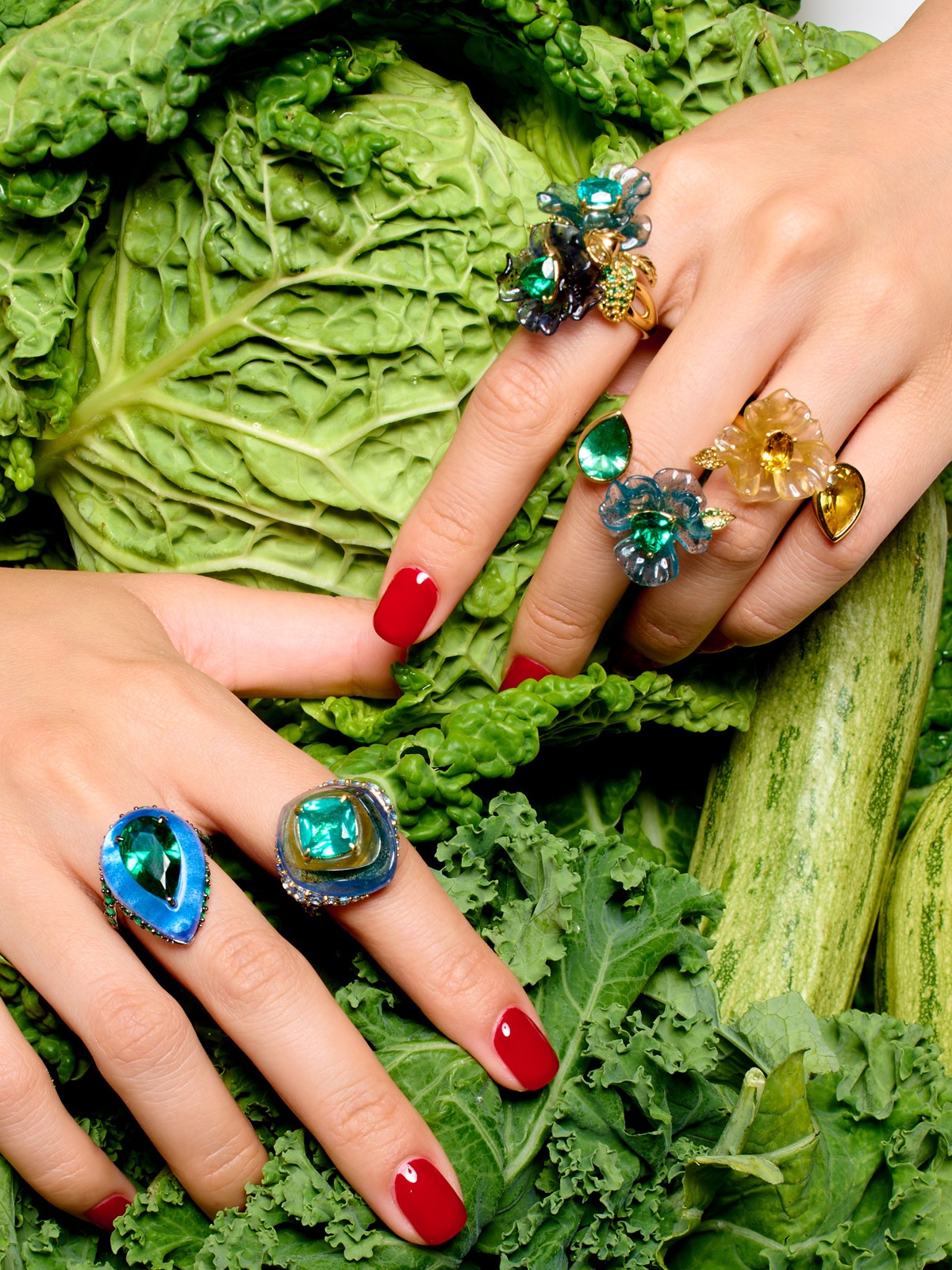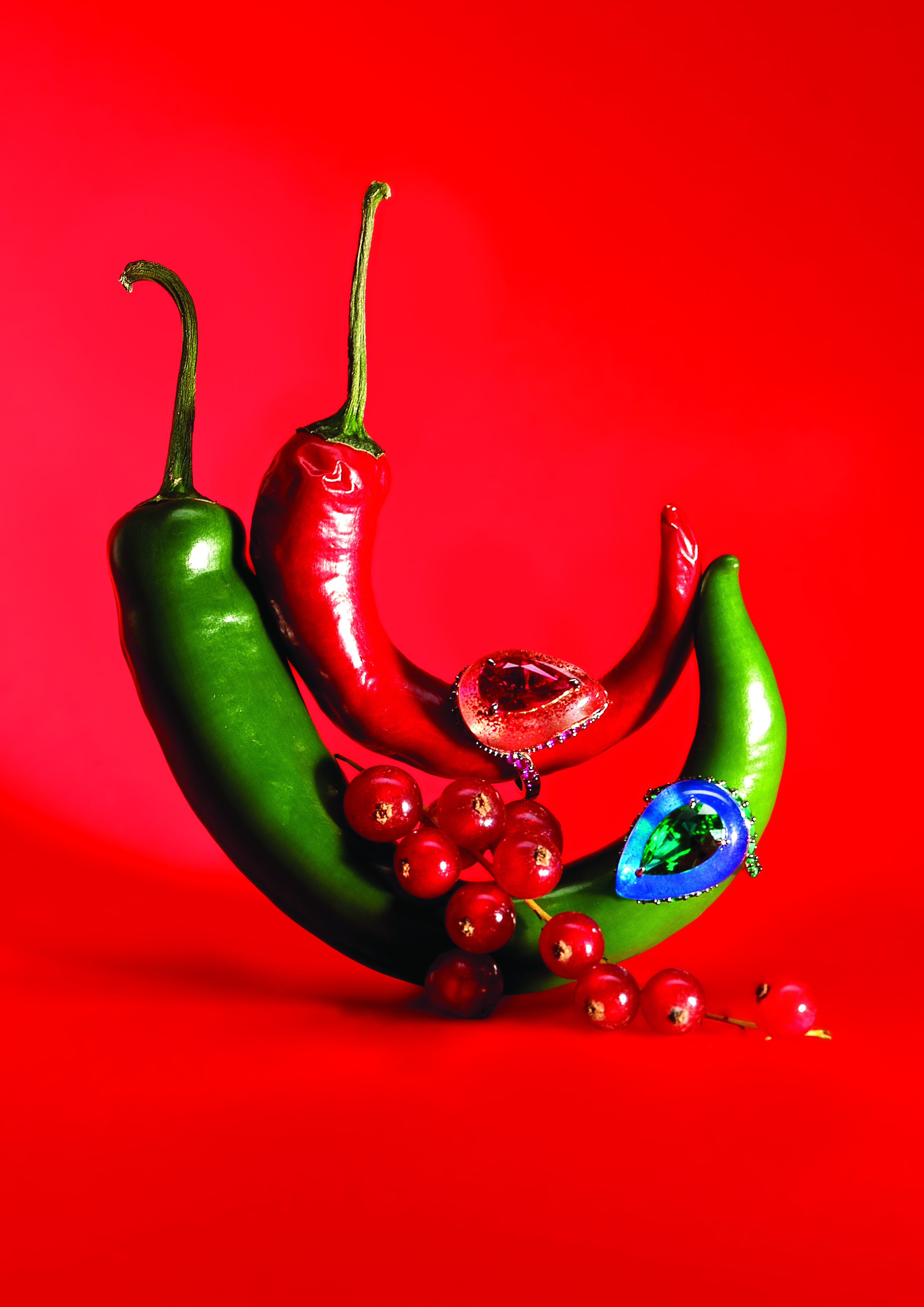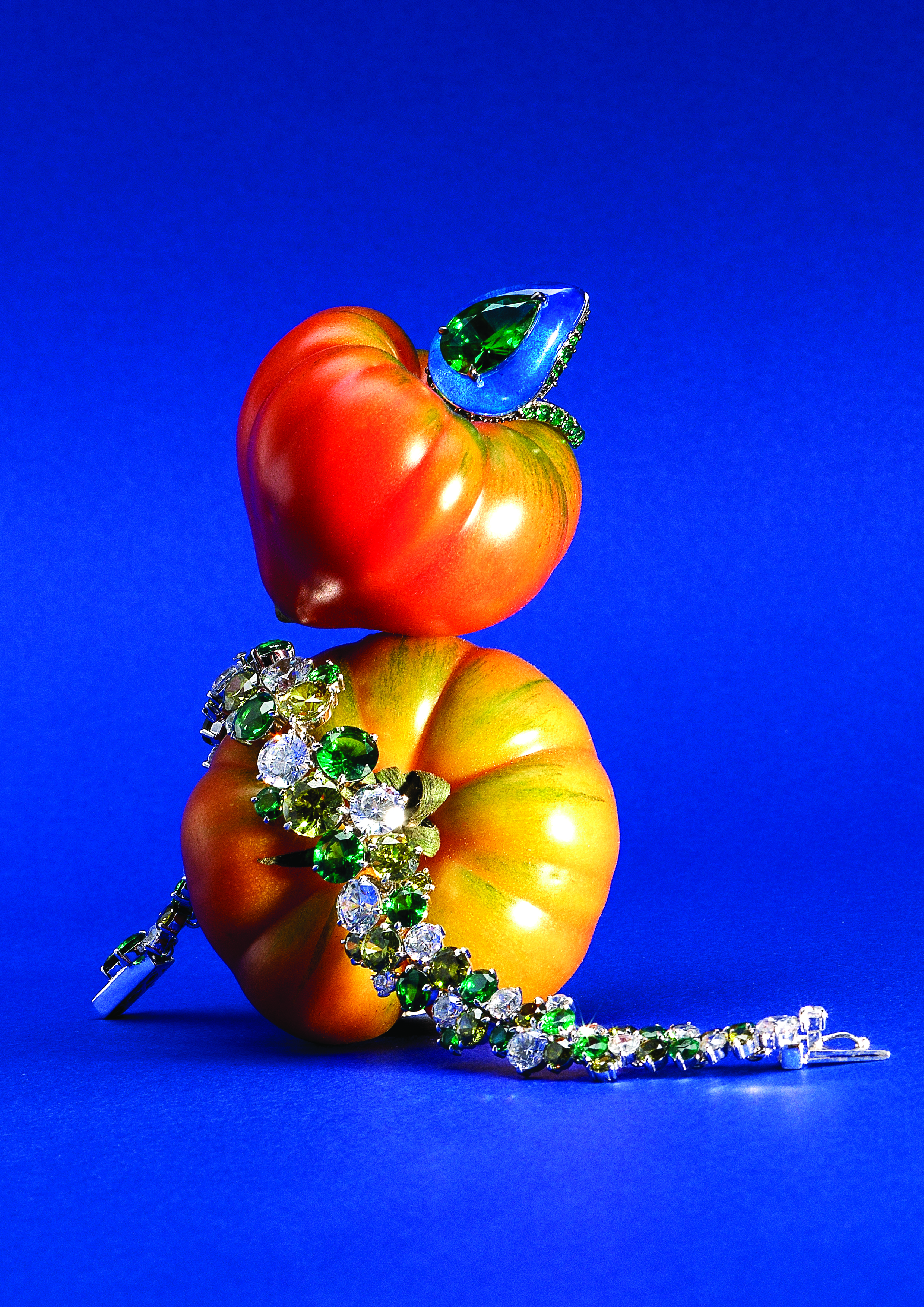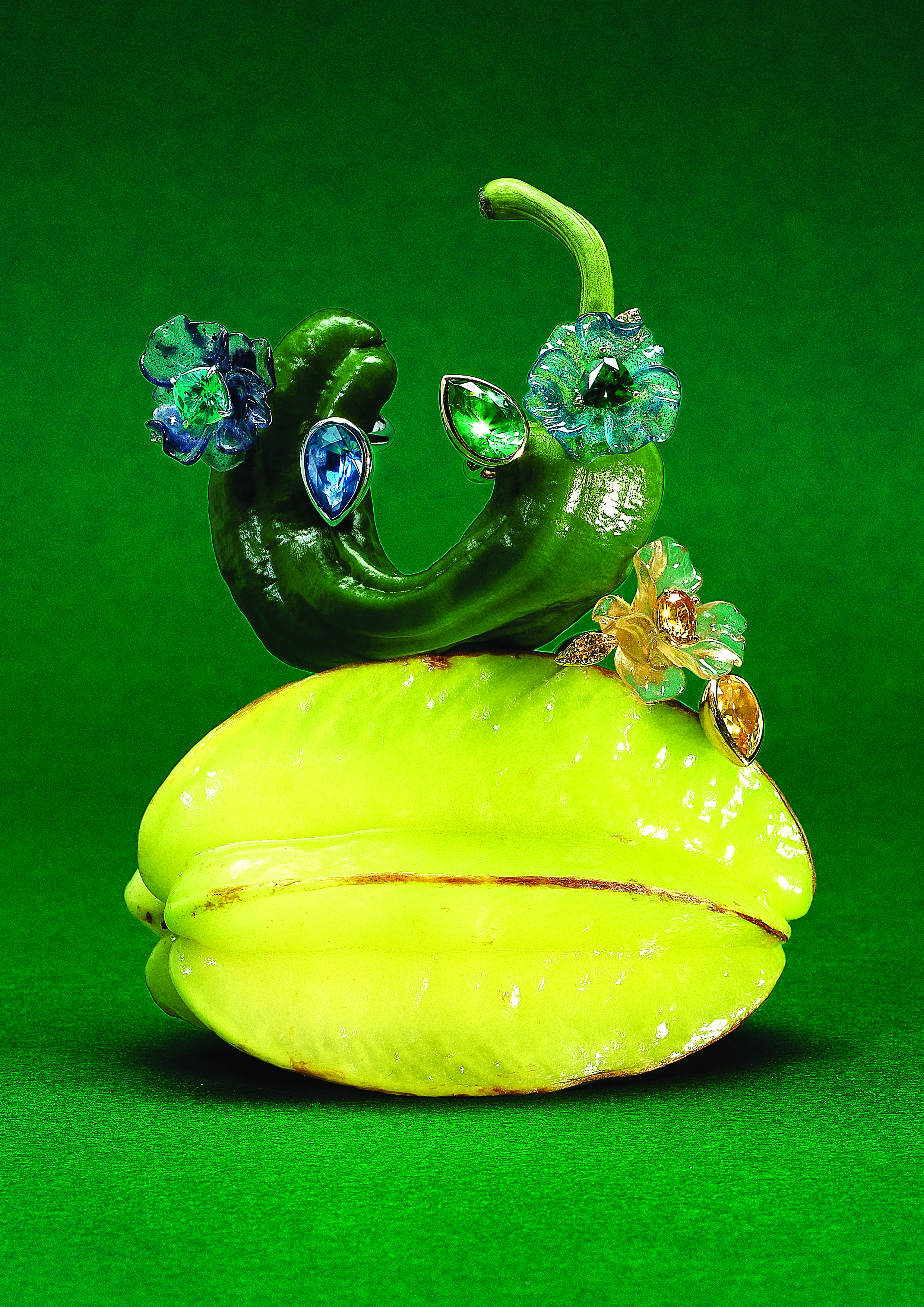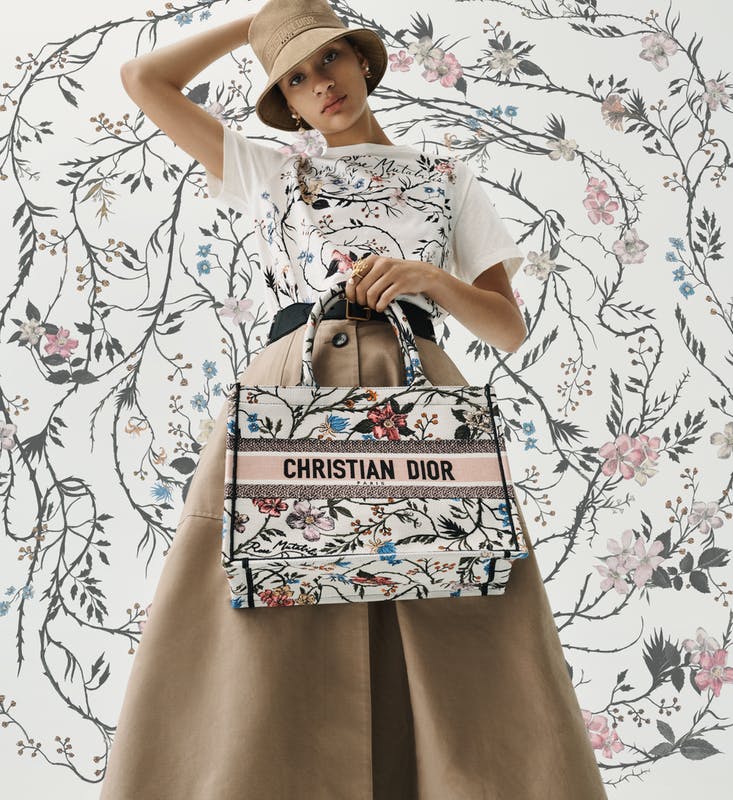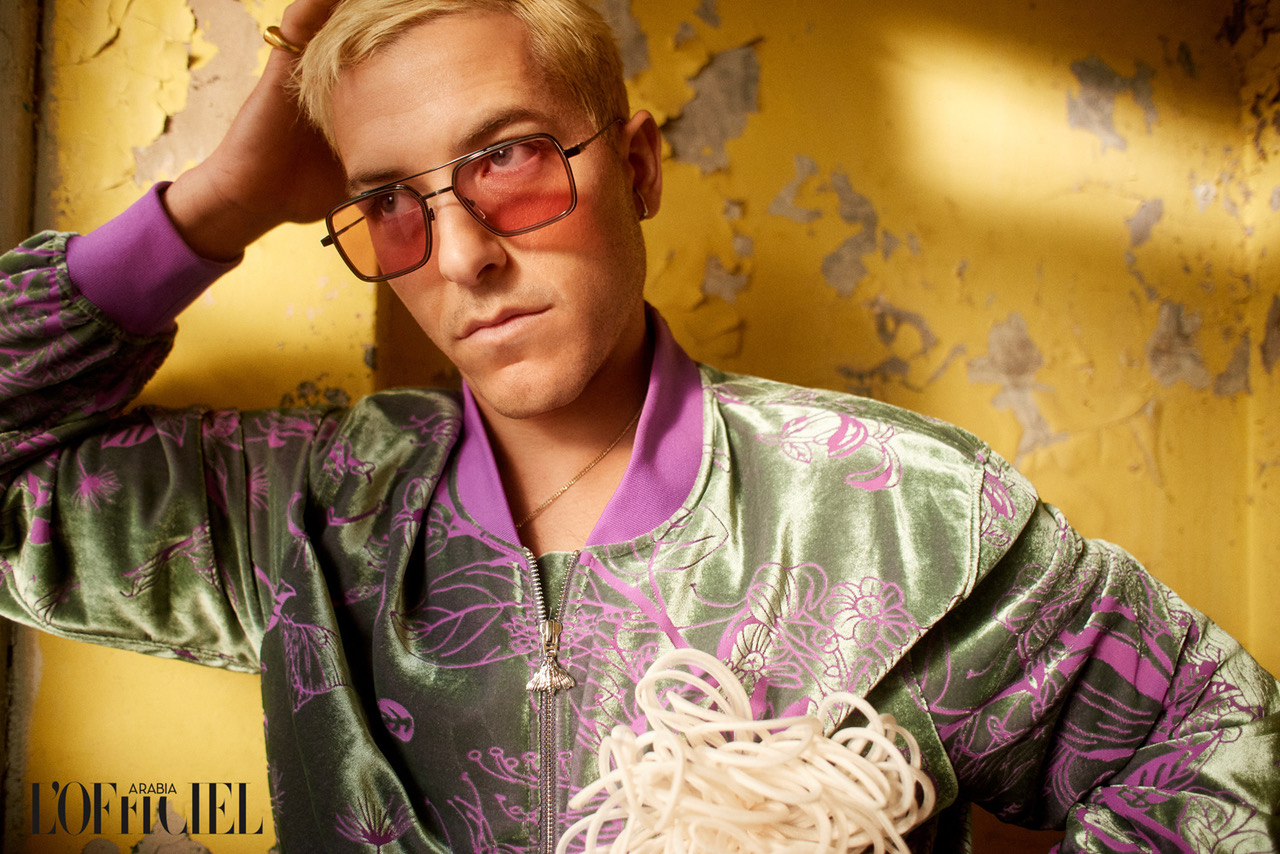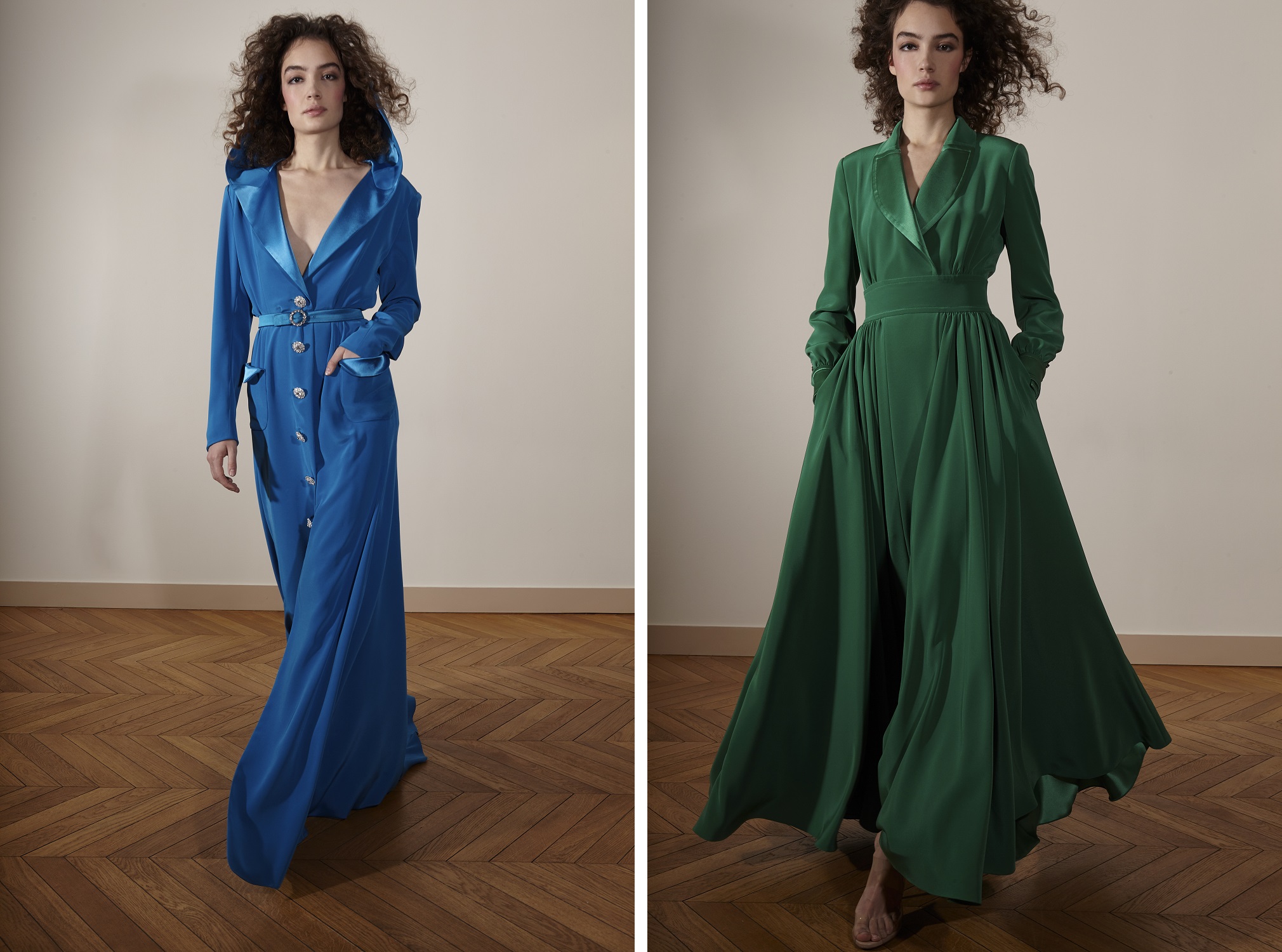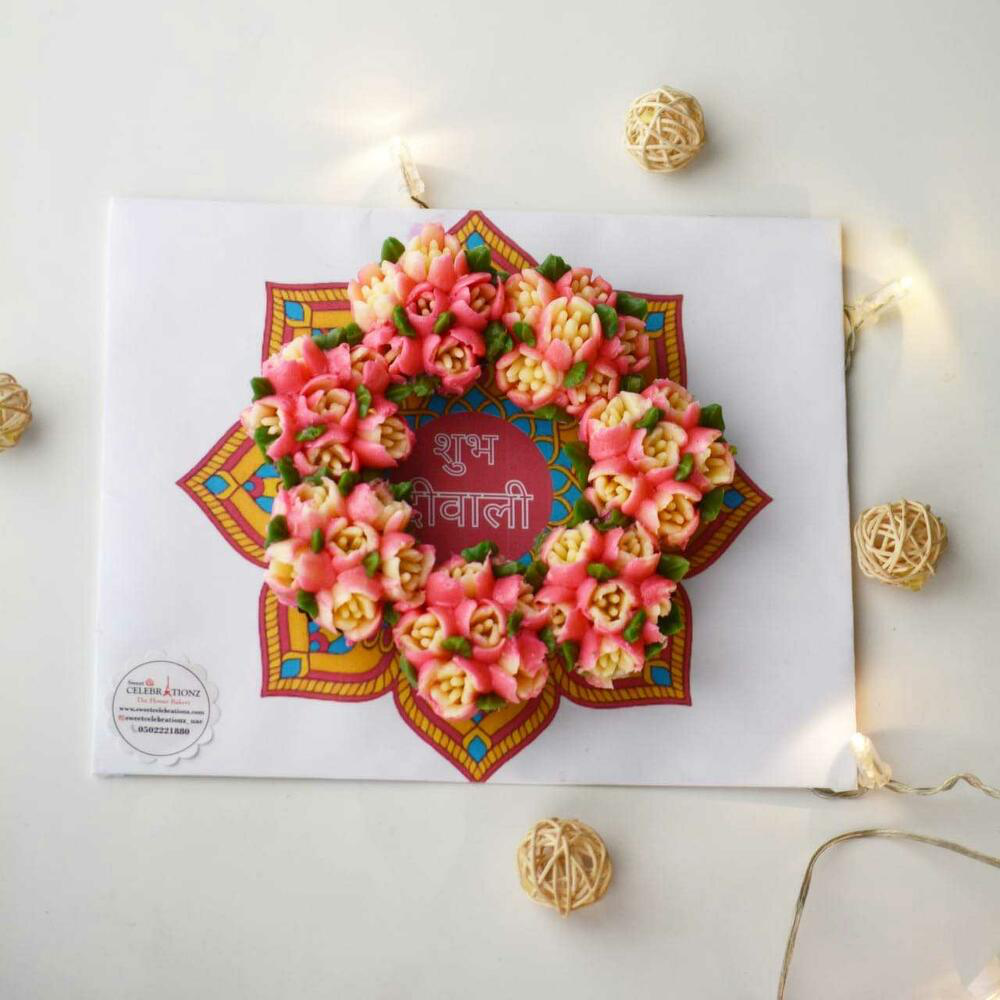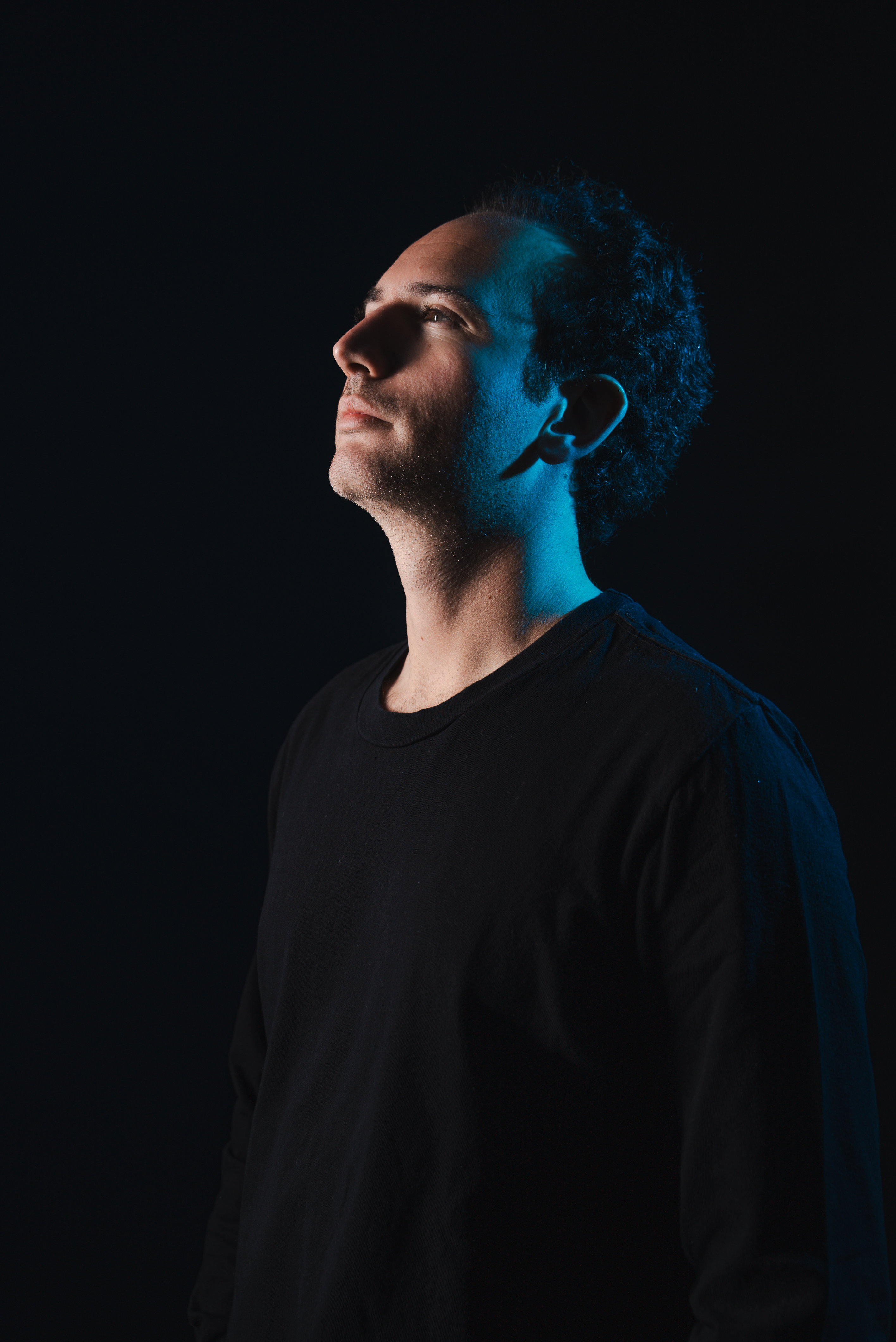Anabela Chan — Fruit Alchemy
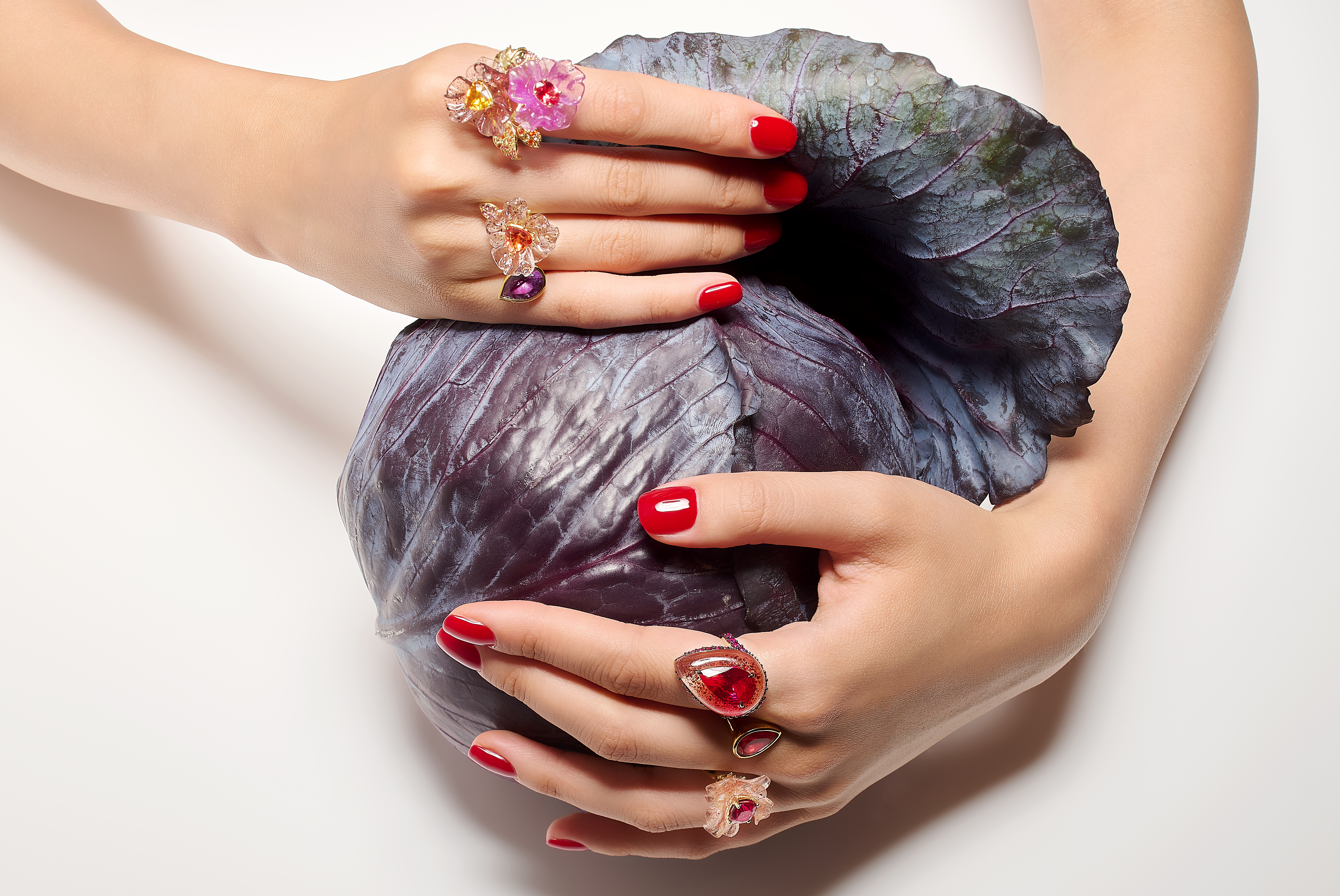
There is beauty, and then there is meaning. In her latest offering, Anabela Chan invites us into a world where both coexist in rare harmony. Fruit Gems™, a jewellery collection forged not from mined stones, but from the pigments of food waste—spinach, beetroot, spirulina, dragon fruit—marks a departure from tradition and a quiet disruption of luxury’s material codes.
For Chan, a Hong Kong-born designer who trained under Alexander McQueen before founding her eponymous label in London in 2013, jewellery has always been more than ornament. With Fruit Gems™, she takes her long-standing commitment to circular design into uncharted material landscapes, creating lab-grown gemstones derived entirely from natural waste—coloured, cured, cut and polished to rival their mined counterparts in both hue and brilliance.
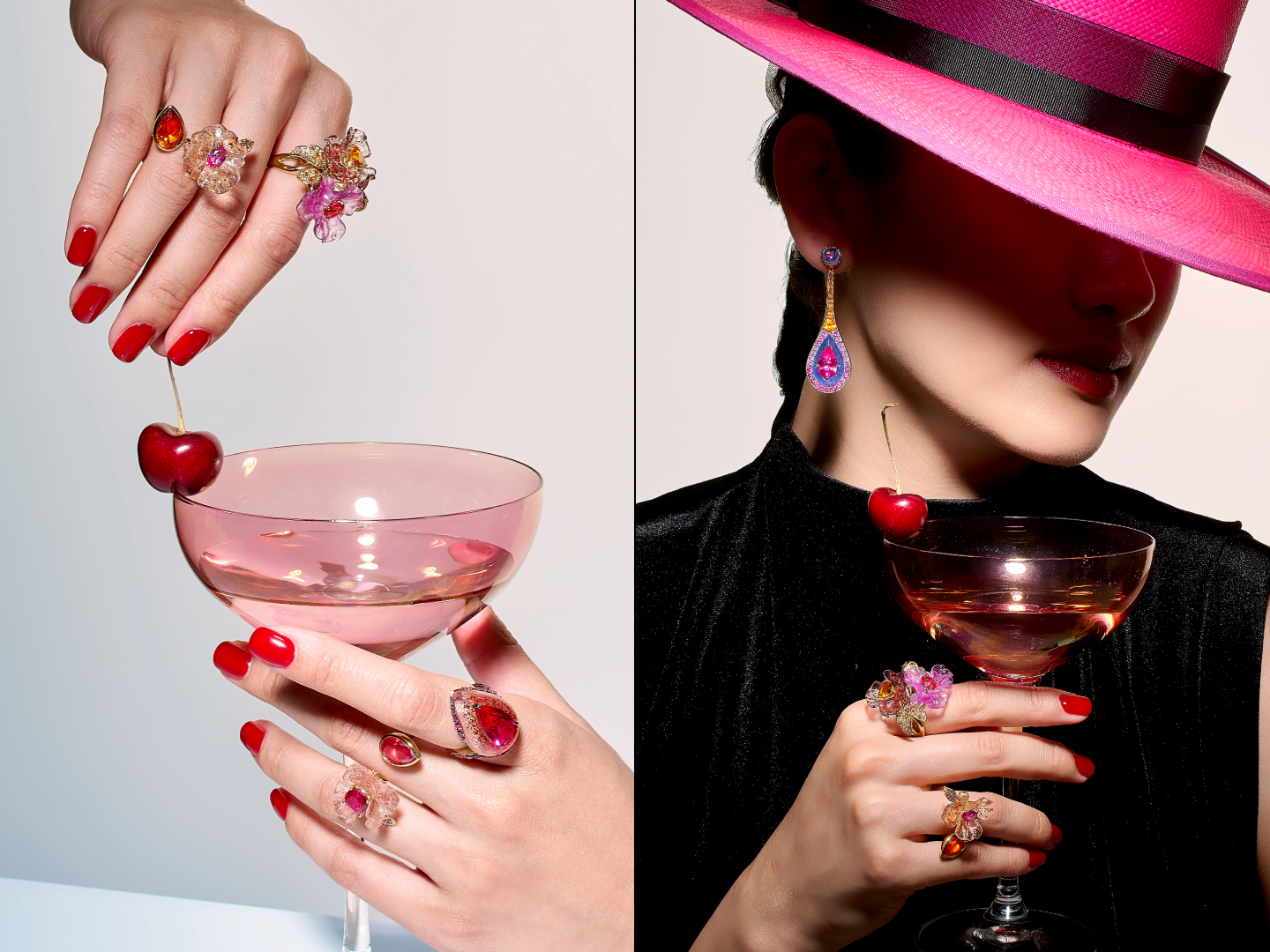
Developed over four years in her London atelier, the collection uses ancient dyeing and foraging techniques to extract natural pigments from discarded produce. These pigments—carotenoids from dragon fruit, flavonoids from lemon, anthocyanins from blueberry, chlorophyll from spinach—are then stabilised using a plant-based bio-resin made from corn, soybean, agave and avocado seeds. The final stones are cut and faceted like any precious gem, but their origin story is radically different.
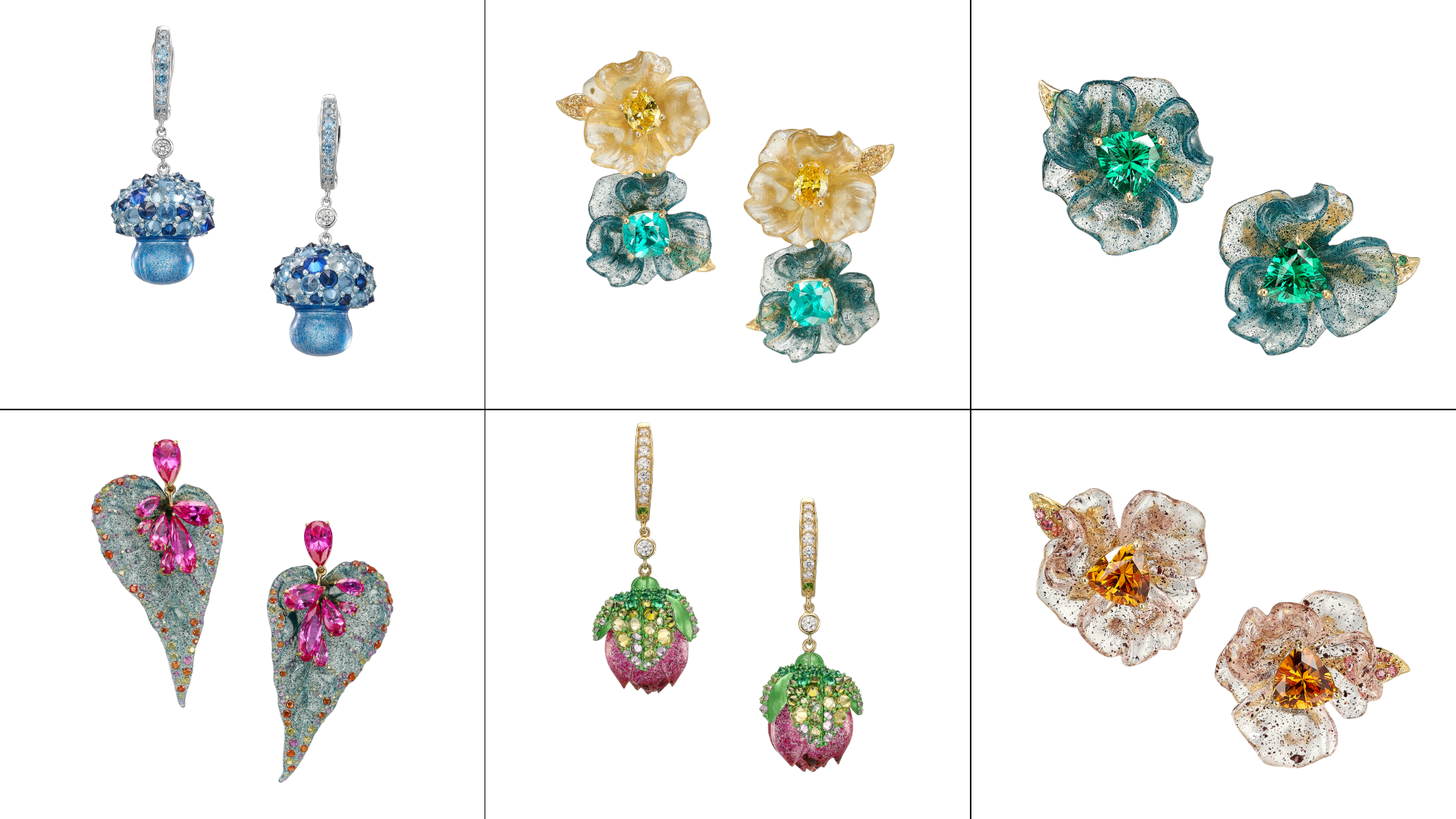
“From Waste to Wonder, we innovate through harnessing ancient traditional techniques with modern ideas and technology,” Chan says. “It is about learning from the past, to offer a different perspective in the present, always in mind for a better future.”
It’s a philosophy that permeates every part of her practice. Her 2020 Blooms collection transformed recycled soda cans into lightweight aluminium blossoms. Now, Fruit Gems™ pushes this further—not just recycling, but reimagining. Alongside the fruit-derived stones, Chan introduces Regenerative-Gemstones™, crafted from lapidary off-cuts and forest fall: turquoise reborn from gemstone debris; amber synthesised from leaves and twigs collected in autumn.
Each piece is a quiet act of defiance. At a time when the fine jewellery world is still largely driven by extractive processes, Chan’s vision insists on possibility. Her work demonstrates that sustainability need not sacrifice beauty or intricacy; that technology and craft, science and sentiment, can coexist within the same object.
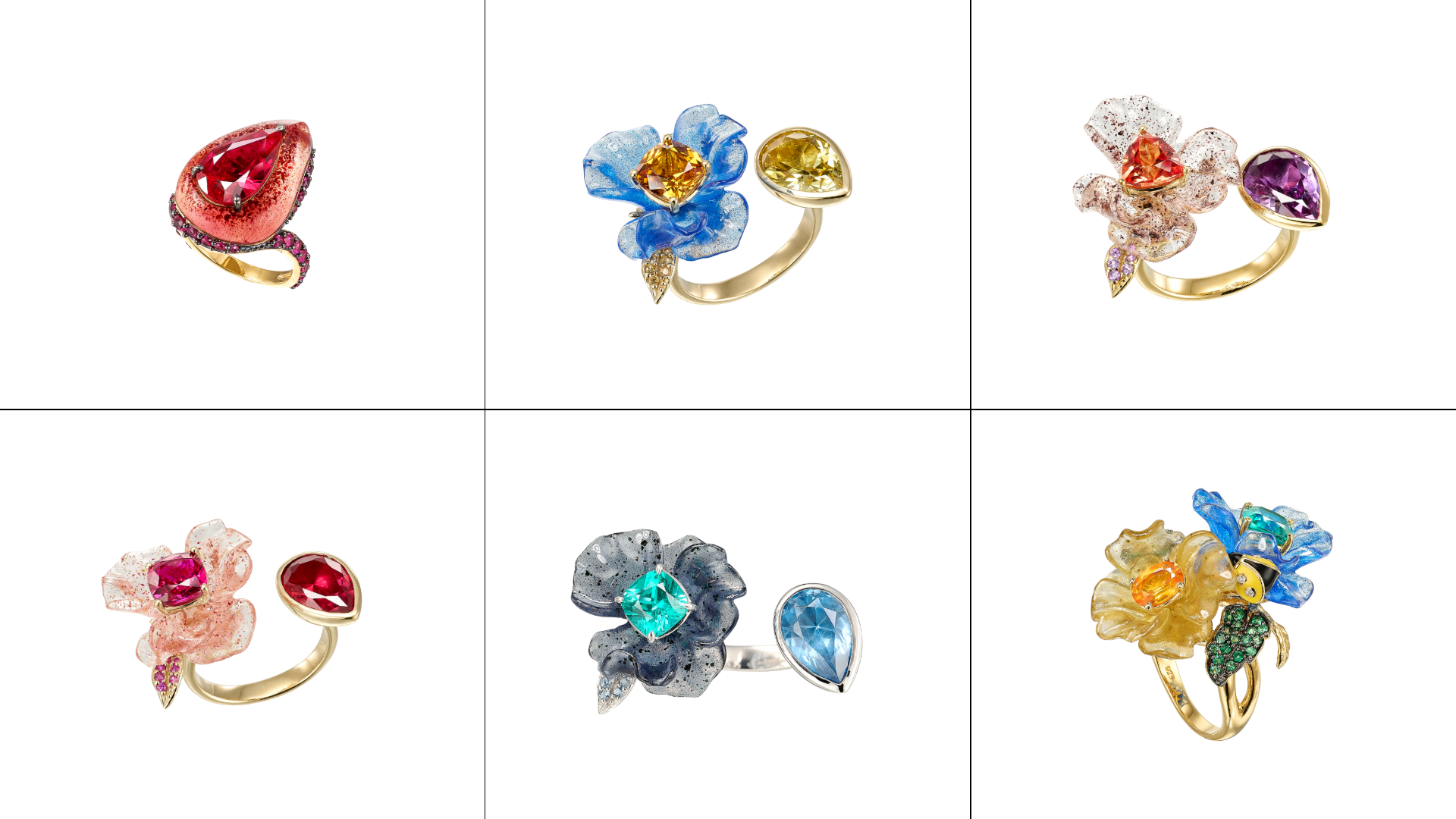
“She’s not just following trends—she’s rewriting the rulebook on what luxury can look and feel like,” says a fashion buyer at Moda Operandi, one of several international retailers who stock her collections, alongside Farfetch, Ounass, and Saks Fifth Avenue.
That this conceptual work is worn by global pop icons—Rihanna, Beyoncé, Lady Gaga, Dua Lipa—only reinforces the point: sustainability is not fringe. Chan’s language of refinement resonates on the world’s most visible stages, offering a new visual grammar for conscious luxury.
Born in Hong Kong, raised between Paris and London, Chan trained first as an architect under Richard Rogers before moving into fashion design. Her eventual pivot to jewellery, supported by a Master’s degree at the Royal College of Art, now feels almost inevitable—a space where structure, form, colour and ideology could finally converge. Today, she serves as Design & Innovation Ambassador for Great Britain and lectures at the RCA, continuing to shape how the next generation of artists and designers think about materials.
Fruit Gems™ is less a collection than a proposition. In a world that wastes 44 million tonnes of food annually in the U.S. alone, Chan’s work is a call to see the unseen: value in the discarded, radiance in what’s left behind.
Photos: Courtesy of Anabela Chan
